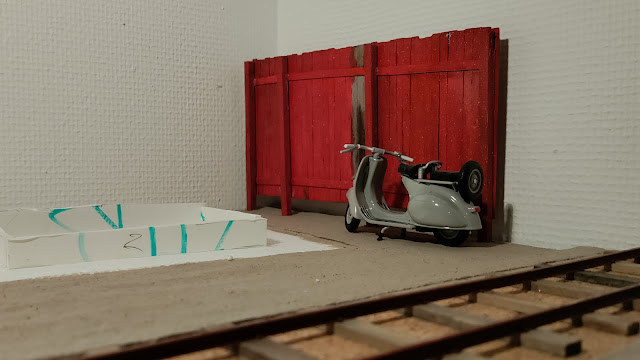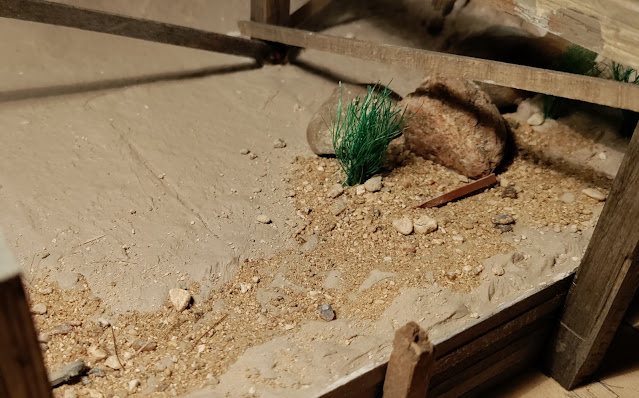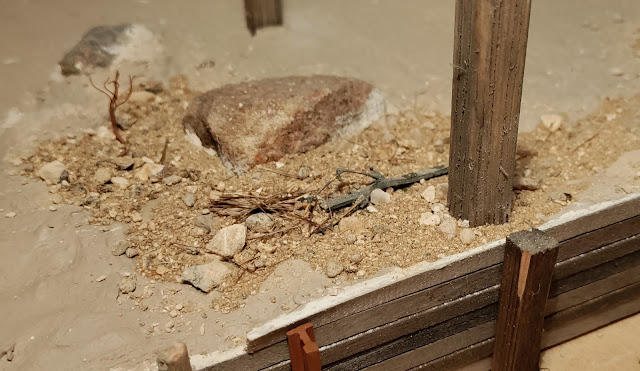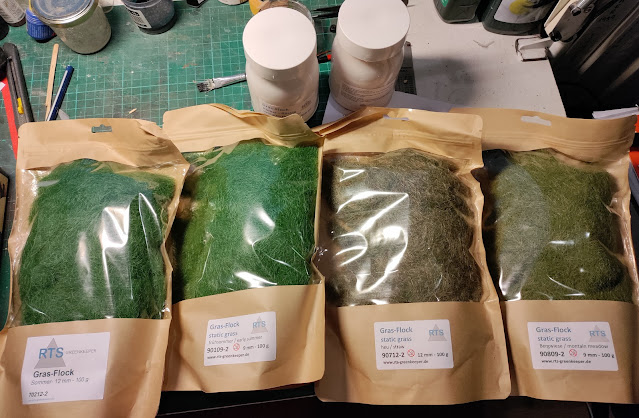No, it's not a substantial infrastructural upgrade for the little gravel line! I seldom receive Christmas presents with a railway modelling content. My interests in scale and theme are too narrow and specialised. Christmas 2021 was a different year as my father presented me with a wooden turntable from IKEA. The turntable is designed as a 39 cm diameter rotating tray for smaller dishes etc. I will not be using it for its intended purpose, but as a useful tool for air brushing difficult to handle models in 1/19 scale.
 |
| A brand new IKEA turntable with the Accucraft Baguley-Drewry posed for an illustration of the turntable's function as an easy and cheap painting accessory in the larger scales. |
I received the turntable as a gift, but should you want to aquire one yourself it's quite affordable at 10.5 € in IKEA stores worldwide under the name 'Snubba'. The turntable spins easily even when loaded with a heavy locomotive. The diameter is sufficient for every model that can be put in service on my little gravel line and doesn't take up too much room on the worktable. When stored it can be squezed in between two boxes.
 |
| As the IKEA designer meant it to be. I will be mistreating my turntable as an air brushing platform. Photo: IKEA. |








